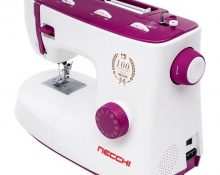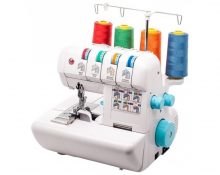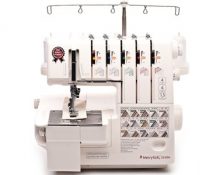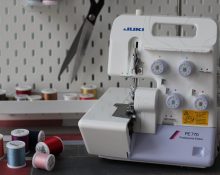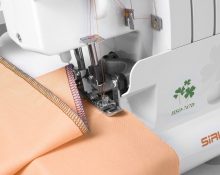Buying any equipment for your home raises a lot of questions and concerns. Especially when we are talking about equipment that is unusual for an ordinary person, such as sewing overlock. Of course, experienced seamstresses already know which machine is worth taking, and which one is better to pass by without looking back. But what should beginners do? Let's try to figure this issue out together.
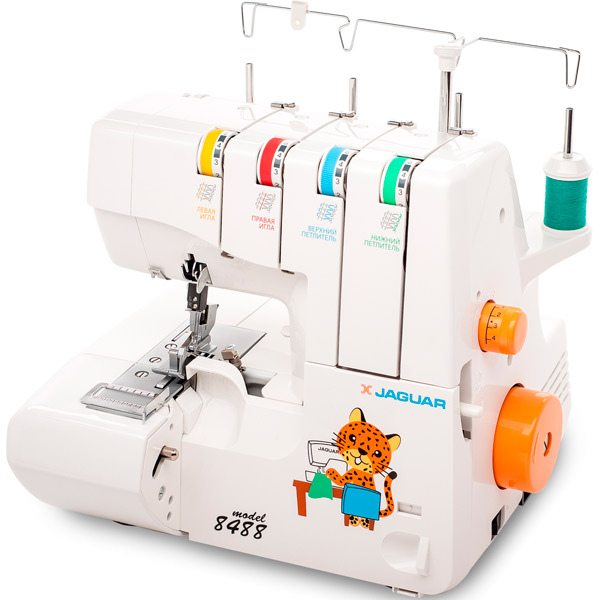
Which overlocker to choose for home use?
The first thing you need to do before purchasing is to understand whether such a device is exactly necessary. In other words, it is important to determine your needs. Craftswomen who are just starting to master sewing or work only to satisfy the needs of their family may not need an overlocker. It will have to be purchased by those who:
- sews to order (even for beginners);
- works with capricious fabrics (knitwear, silk, etc.);
- takes care of the appearance of seams and edges.
If you fall under at least one of the definitions, you need an overlocker.In order not to make a mistake and purchase something that is really suitable for home use, it is important to pay attention to the following nuances.
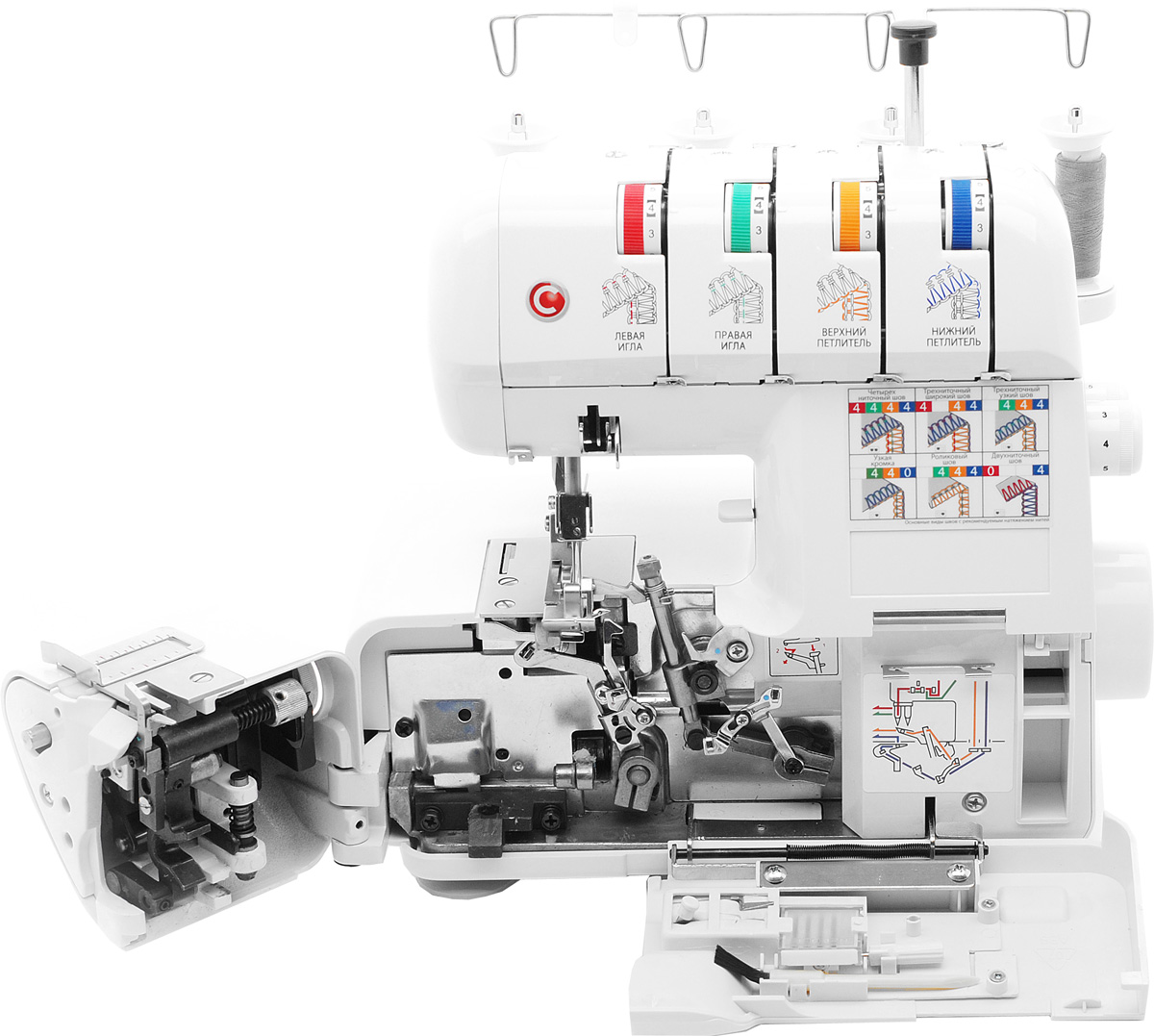
View
A household overlocker, depending on the number of threads threaded, can be:
- Double thread. The most primitive variety, which is usually very cheap. It is better not to buy it, since the stitches it produces are not of very high quality.
- Three-thread. One of the most versatile types, which is used by both beginners and experienced home seamstresses. The seams of such overlockers are tight and do not unravel even after the most intensive use of the finished product.
- Four-thread. Used for sewing swimsuits and bags. With its help, you can simultaneously join parts and overcast edges.
- Five-thread. This overlocker is a real find, as it is capable of performing a huge range of jobs. Useful for those who plan to use different types of seams.
There are also machines that are equipped with eight threads, but they are more suitable for industrial use.
Manufacturer
The following companies were worthy of attention:
- Janome. Lightweight and easy to use, suitable for beginners.
- Juki. A must for those who value quietness and smooth running.
- Brother. When purchasing, it is important to pay attention to authenticity and warranty. If you get a fake, there will be no normal work. At the same time, the original models have practically no comments.
- Merrylock. A multifunctional device that meets the price/quality criterion.
- Astralux. In addition to it, you will have to buy a special mat that dampens excess vibration.
Each overlocker from the above list deserves to be purchased for working at home.The main thing is to understand the instructions and get used to using it.
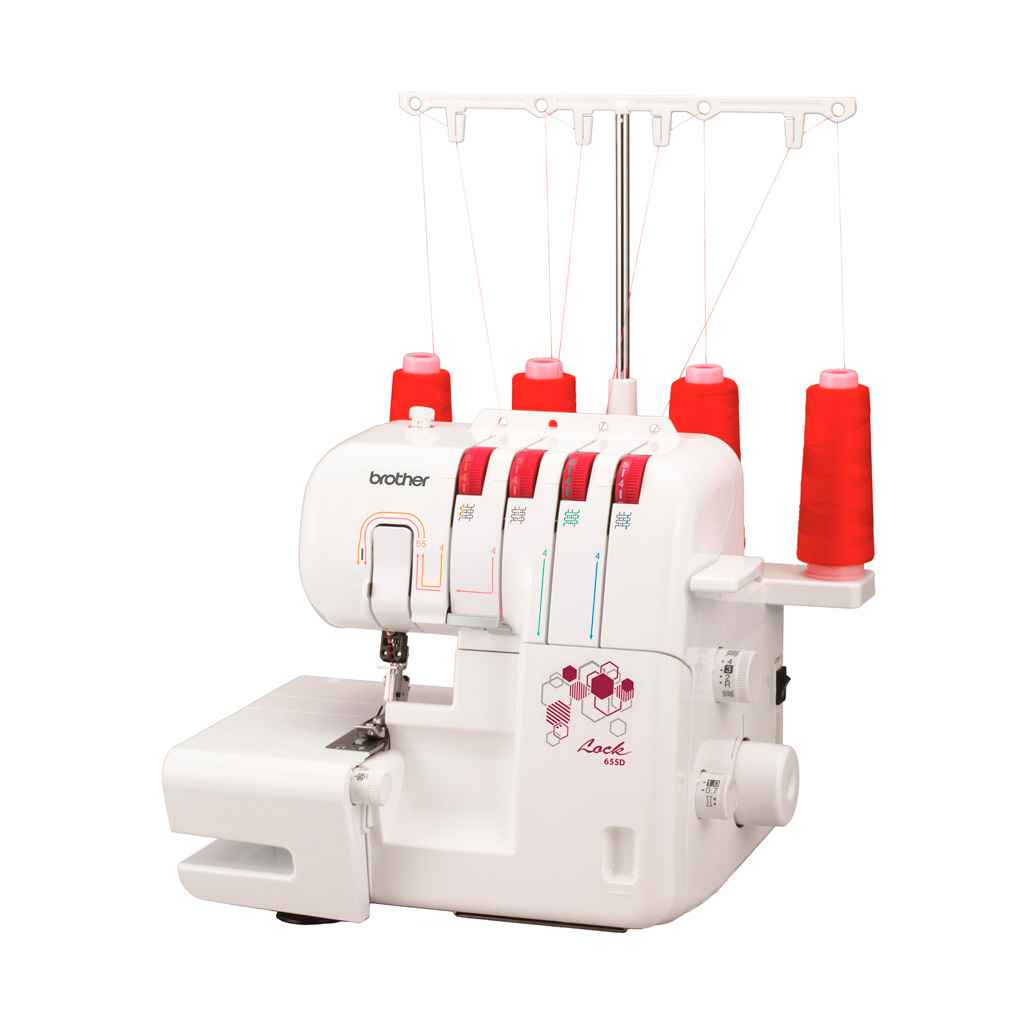
List of sewing operations performed
Having decided on the model, check it for compliance with the following checklist:
- Method of thread tension. It would be better if it were automatic.
- The presence of a roller seam. It can be used to process flounces on women's and children's clothing.
- Pitch regulator. It is necessary to set a certain stitch width.
- Differential conveyor. Useful for processing the bottom of a sleeve or the hem of a skirt or dress.
- Knife. It will be much more convenient if you can turn it off while working.
- Presser foot pressure. A useful feature that facilitates the overall process of creating textiles.
- Garbage container. Its presence helps keep the workplace clean and tidy.
In conclusion, it is worth saying that it is best to purchase such equipment in a specialized store. There are usually consultants who will not only sell the product, but also explain how to use it correctly.


 0
0